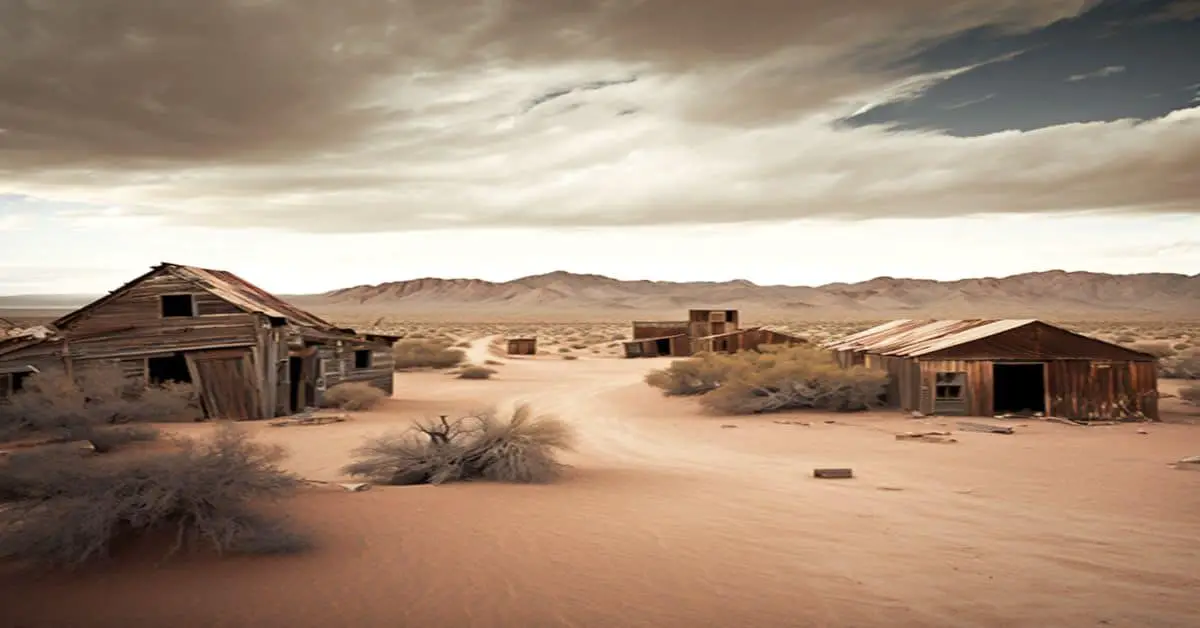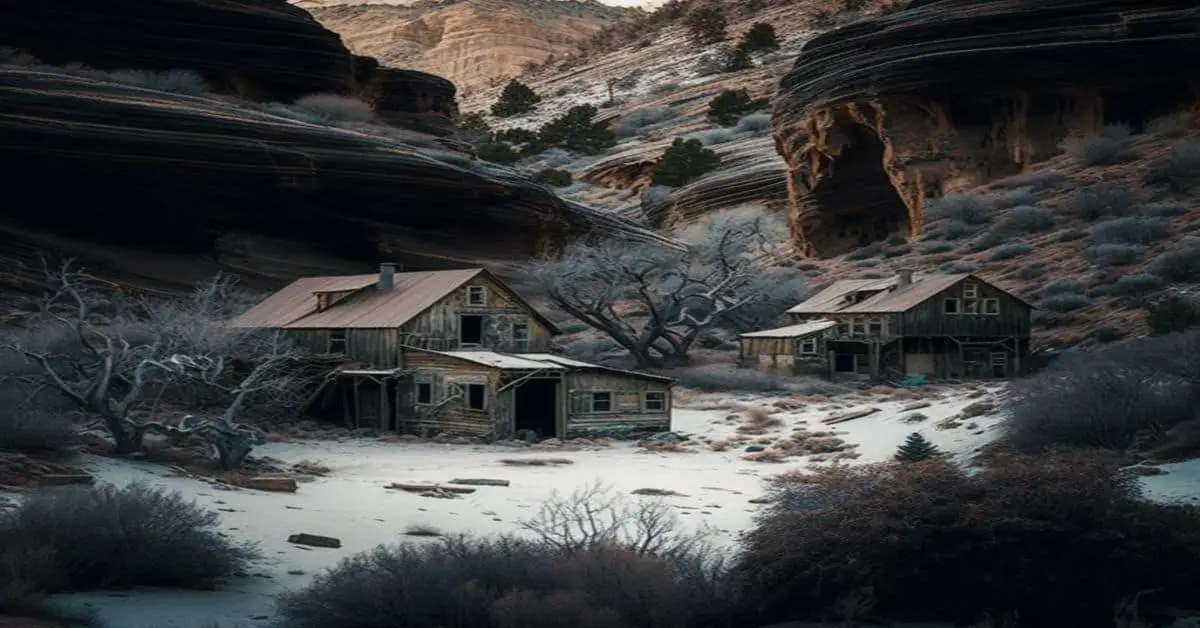California’s gold rush in the mid-19th century attracted thousands of people from all over the world, establishing several towns that were once bustling with activity. However, as the gold ran out, these towns were abandoned and left to decay. Today, they are considered semi-ghost towns, with some of their original buildings still standing.
In this article, we will explore California’s forgotten gold rush towns, focusing on the towns of El Dorado and Shingle Springs. We will uncover the history and remnants of their once-thriving communities, including the origins of their names, their historic sites and buildings, and their role in the broader context of the gold rush.
El Dorado and Shingle Springs were once among California’s richest sources of gold, attracting miners and prospectors from all over the world. However, as the gold became harder to find, the towns began to decline, and eventually, the mines were abandoned. Today, these towns are reminders of the boom and bust cycles that characterized the gold rush era and the resilience of the people who lived through them.
By exploring the history of these towns, we can gain a deeper understanding of the impact of the gold rush on California and the United States as a whole, as well as the legacy it left behind.
Key Takeaways
- El Dorado and Shingle Springs were neighboring towns during the gold rush days.
- El Dorado provided miners with placer and hard rock operations, while Shingle Springs had a limited supply of gold and was not known as a gold camp.
- The Wells Fargo building is the principal historic site in El Dorado, which was founded as a way station at the foot of the Carson Pass emigrant route.
- El Dorado and Shingle Springs were once stopping places on the road from Sacramento to Placerville, and are now considered California ghost towns with some original buildings still standing.
Location and History
Both El Dorado and Shingle Springs, neighboring towns located just south of Placerville, were once stopping places on the road from Sacramento to Placerville and grew into mining towns when gold was discovered in 1850.
El Dorado, originally founded as a way station at the foot of the Carson Pass emigrant route, became a rich source of gold with placer and hard rock operations. On the other hand, Shingle Springs had a limited supply of gold and was not known as a gold camp.
Despite their rich history, El Dorado and Shingle Springs are now considered semi-ghost towns. However, the original buildings in El Dorado, such as the Wells Fargo Office and three other stone and brick structures, still stand and are now tourist attractions. The Shingle Springs House and the town’s shingle mill have also become historic landmarks in Shingle Springs.
While the towns may not have lasted very long, their contributions to California’s gold rush are undeniable, and their current state serves as a reminder of the boom and bust cycles that defined the era.
Origins of Names
Shingle Springs was named after the shingle mill and natural spring found in the area, while El Dorado was originally called Mud Springs due to the swampy terrain surrounding its water source.
The shingle mill in Shingle Springs was a prominent feature of the town, providing much-needed employment and resources to the community. The natural spring in the area was also an important factor in its naming, as it provided a reliable water source for the town’s residents.
In contrast, El Dorado’s name reflects the challenging conditions that the town’s founders encountered. The swampy terrain around the town’s water source made it difficult for early settlers to establish a reliable water supply. However, as the town grew and gold was discovered in the area, it became a thriving mining town.
Despite its difficult origins, El Dorado’s name came to symbolize the wealth and prosperity that could be found in California’s gold rush towns.
Historic Sites and Buildings
El Dorado, located on high 49 south of Placerville, boasts several historic buildings from the gold rush era, including the Wells Fargo office and three stone and brick structures. These buildings showcase different architecture styles popular during the late 19th century, including Greek Revival and Italianate.
The Wells Fargo building, constructed in 1852, features a simple, symmetrical design with a central entrance and two flanking windows. The building’s red brick façade and white trim reflect the Greek Revival style, popular in the United States during the mid-19th century.
In recent years, preservation efforts have been to maintain the historic buildings in El Dorado. The city has worked with local organizations to restore and maintain the Wells Fargo building and other structures. Additionally, ongoing efforts are to preserve the painted murals on the side of buildings in the town.
Preserving El Dorado’s historic buildings and landmarks ensures that visitors can experience a part of California’s gold rush history.
Frequently Asked Questions
What was the population of El Dorado and Shingle Springs during the gold rush?
During the gold rush, El Dorado had a population of around 1,000 while Shingle Springs had a smaller population of about 250. Demographic analysis reveals that El Dorado had a more diverse population with many Chinese immigrants.
What were the main industries in El Dorado and Shingle Springs besides gold mining?
Besides gold mining, El Dorado and Shingle Springs did not have significant industries during the gold rush. However, both towns offer tourism opportunities today and have seen agricultural advancements, with vineyards and orchards surrounding the area.
Did any famous historical figures visit or reside in El Dorado or Shingle Springs during the gold rush?
While there is no record of famous historical figures residing in El Dorado or Shingle Springs during the gold rush, exploring their impact on local indigenous communities and culture is important. The towns were primarily focused on gold mining and their historic buildings still stand today.
How did the gold rush impact the environment and natural resources in the El Dorado and Shingle Springs area?
The gold rush in El Dorado and Shingle Springs significantly impacted the environment and natural resources. The use of mining techniques like hydraulic mining caused extensive damage to the landscape, and the influx of miners disrupted the lives of indigenous communities.
Are there any local cultural traditions or festivals that commemorate the history of El Dorado and Shingle Springs?
Local festivals and cultural traditions that commemorate the history of El Dorado and Shingle Springs are not currently discussed. However, significant events and historical landmarks can be explored in these California ghost towns.


